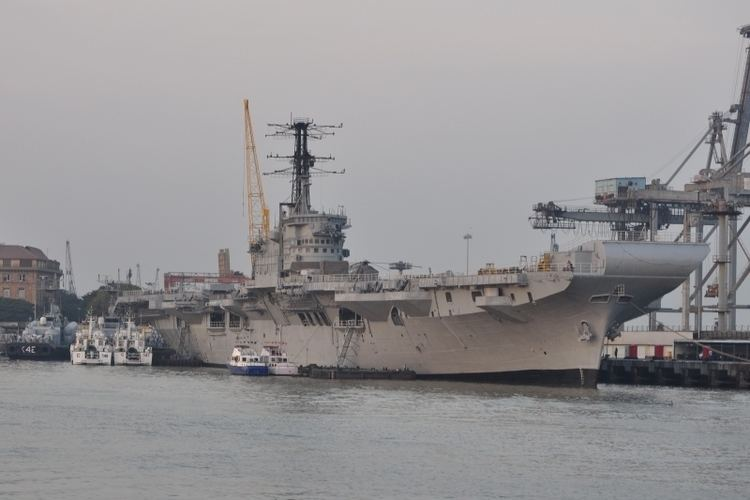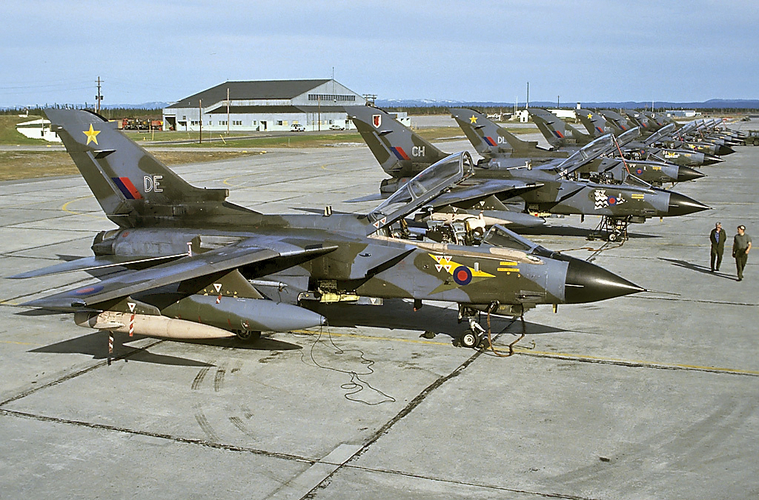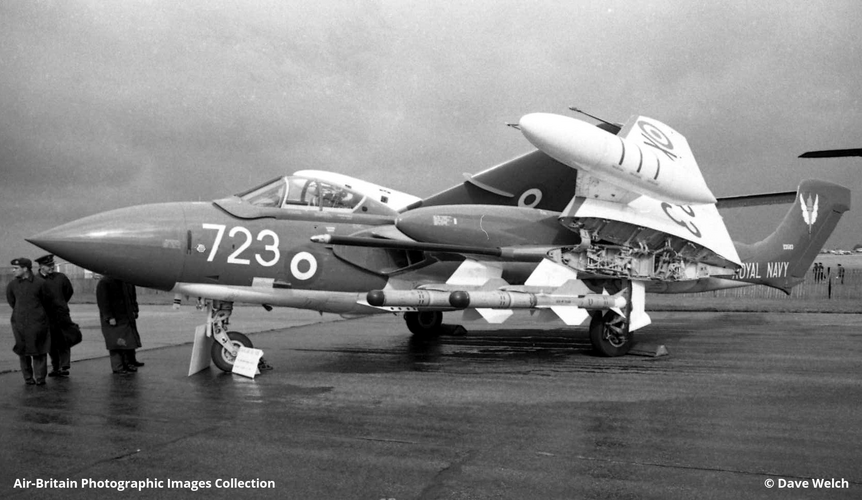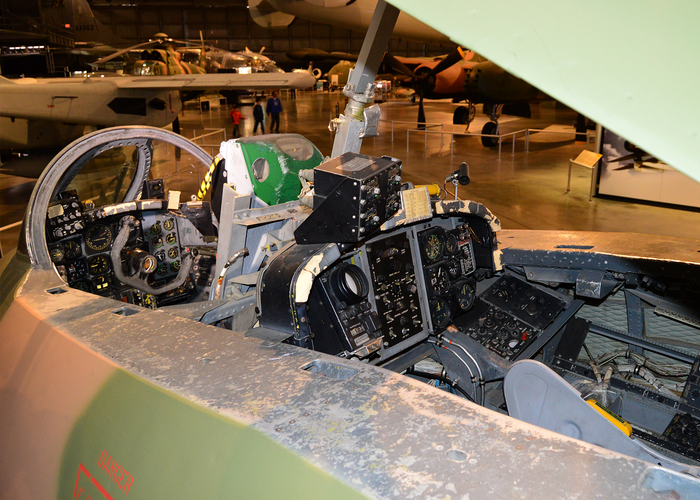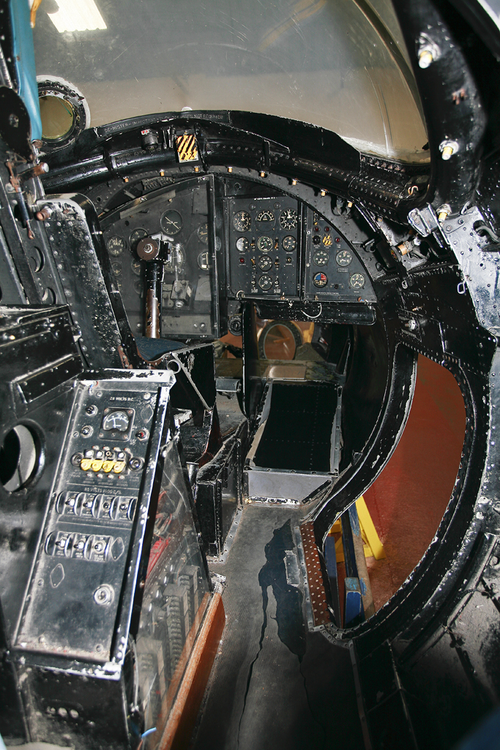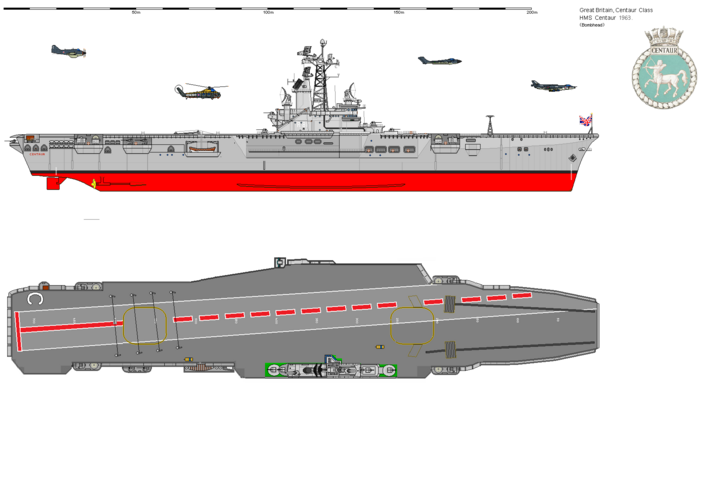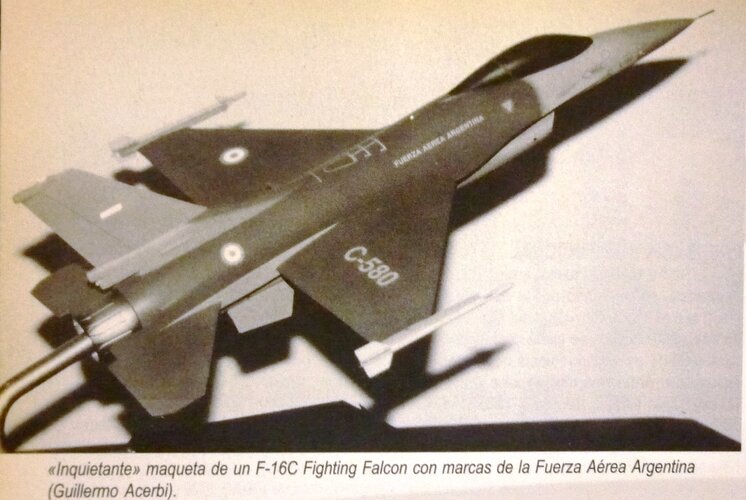Hi All
Can someone do calculation to see if A-4B can reach San Carlos bay from the Argentina main land and get back without aerial refueling? Say maybe lighten the combat load out? Here is some info I collected on the distances and actual details of the strikes carried out in 1982. Im no good with figuring out the calculations of combat radius and ranges.
typical loadout was 2 x 450 gallon tanks on the inboard wing pylons, centerline TER with 3 x 500lb bombs, or the standard centerline pylon with 1 x 1000lb bomb,
A typical mission involved taking off from a base 700 kms (434.96 miles) away from the target. A few minutes after taking off the Skyhawk met the KC-130, and refuelled their tanks with that little extra that would allow them to return, since usually the range of this plane allowed them only a 3 min bombing run and then it was home or bath.
Argentine airbases: Distances to
Port Stanley Airport:
[17] Trelew: 580 nautical miles (1,070 km), Comodoro Rivadavia: 480 nautical miles (890 km), San Julián: 425 nautical miles (787 km), Rio Gallegos: 435 nautical miles (806 km) and Rio Grande: 380 nautical miles (700 km).
Due to the distance required to fly to the islands, two minutes was the average time Argentine attack aircraft had available in the target area.

